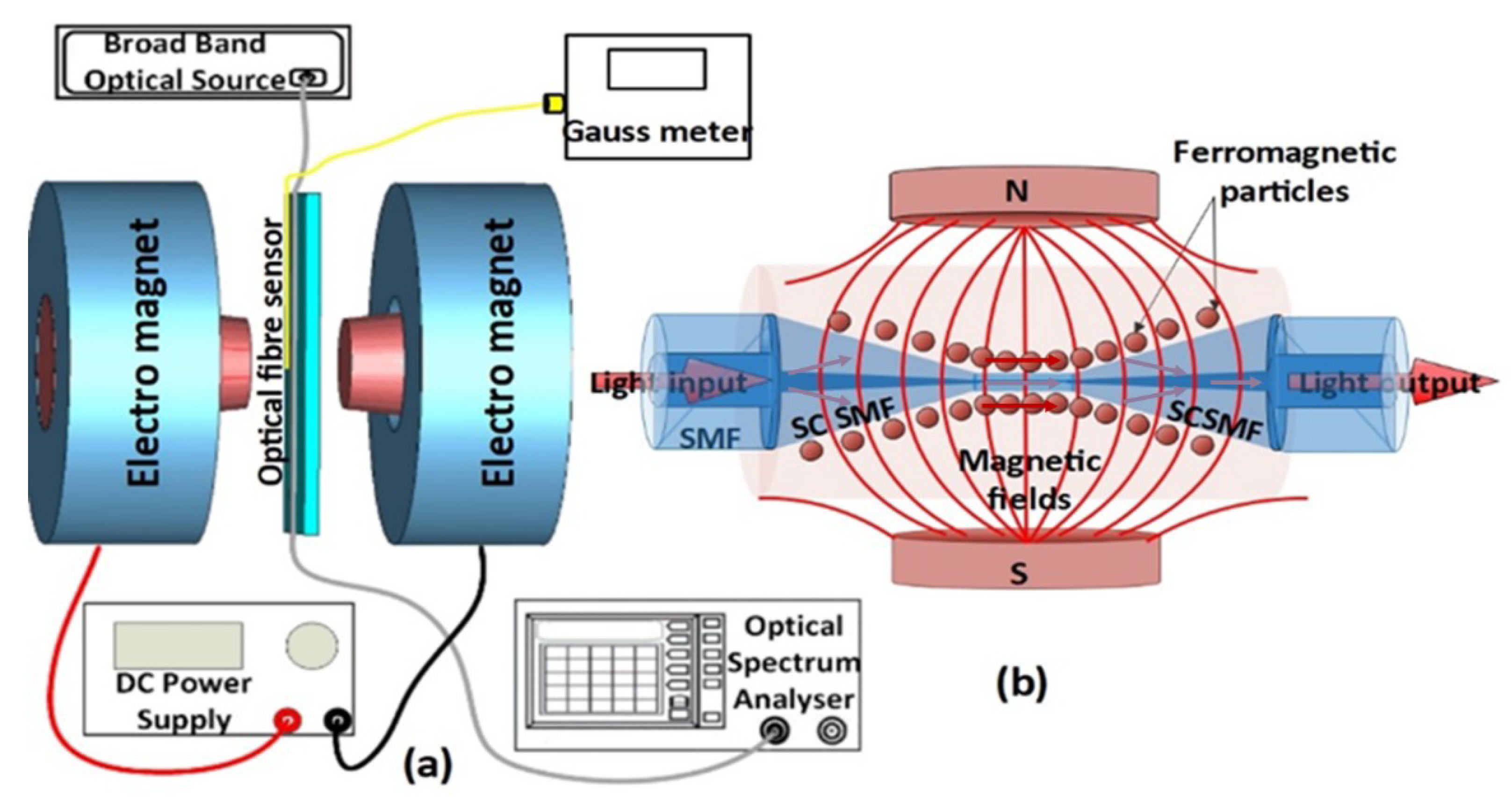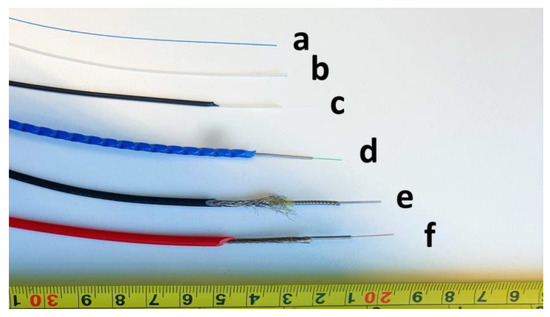Top-Rated Optical Fibre Diameter Analyser for Heavy-Duty Use
Top-Rated Optical Fibre Diameter Analyser for Heavy-Duty Use
Blog Article
Optimize Your Fiber Optic Efficiency: Recognizing Optical Fibre Diameter Analyser Innovation
The performance of fibre optic systems is seriously influenced by the precision of their size, a variable often forgot in the search of ideal signal stability. Recognizing the modern technology behind optical fibre diameter analysers reveals the detailed equilibrium in between dimension accuracy and production high quality. These gadgets not only improve conformity with market requirements yet likewise give real-time understandings that can preemptively address potential concerns. The ramifications of their use expand past simple dimension; they can basically change the landscape of fibre optic efficiency. What elements should one take into consideration to harness their full possibility?
Value of Optical Fibre Diameter
The size of optical fiber plays a critical function in identifying the performance and efficiency of interaction systems. It affects numerous essential parameters, consisting of the mode of light proliferation, depletion, and bandwidth capacity. Bigger diameters typically permit for several light modes, promoting higher information transmission prices. Alternatively, smaller sizes tend to sustain fewer settings, which can boost signal quality and minimize crosstalk.

Additionally, recognizing the size's effects can result in set you back savings by lowering the demand for signal amplification and repeaters in considerable networks (optical fibre diameter analyser). To conclude, the importance of optical fibre size can not be overstated, as it directly impacts the total effectiveness and dependability of modern-day interaction systems

Just How Diameter Affects Signal Quality
Signal top quality in optical fibre systems hinges considerably on the diameter of the fiber. The size influences numerous essential specifications, including attenuation, transmission capacity, and modal dispersion. A smaller sized diameter can cause greater attenuation rates, causing signal loss as light journeys via the fibre. This depletion can jeopardize the stability of the transmitted information, leading to a decrease in signal quality, especially over lengthy ranges.
On the other hand, larger diameters generally allow for boosted light capture and decreased modal diffusion, improving signal quality. In multimode fibres, a larger core size can support multiple light settings, but it may also introduce intermodal diffusion, which can weaken signal top quality. Picking the optimal fibre diameter is vital for achieving the desired performance in specific applications.
Additionally, the interaction between the fiber diameter and the wavelength of the light made use of plays a crucial role in identifying the effective transmission distance and overall signal honesty. Thus, comprehending how fibre size impacts signal quality is necessary for network designers and designers aiming to optimize optical fiber systems for reputable, high-speed data transmission.
Introduction of Diameter Analyser Innovation
In many optical fiber production processes, exact measurement of fiber diameter is necessary for guaranteeing regular performance and high quality (optical fibre diameter analyser). Size analysers are sophisticated tools developed to analyze the physical dimensions of optical fibres with high accuracy. They employ sophisticated optical and laser innovations to measure the size, ovality, and concentricity of the fibre, thus providing essential data for quality assurance
These analysers can operate in-line during the production procedure or as part of off-line testing procedures. In-line systems enable real-time surveillance, allowing makers to adjust criteria quickly, therefore maintaining optimal production conditions. Off-line analysers, on the other hand, supply comprehensive evaluations of sets, guaranteeing that any type of variances from specified resistances are identified and dealt with.
Diameter analysers considerably add to the reduction of issues in optical fibres, enhancing general item dependability. By constantly measuring key parameters, these technologies help with compliance with market requirements and specs. As the need for high-performance optical fibers remains to rise, the duty of size analysers comes to be significantly essential in achieving the desired quality and efficiency requirements in fiber optic systems.
Secret Functions of Fibre Size Analysers
Although different versions of fiber check my source size analysers exist, they frequently share numerous key functions that improve their performance and reliability. One of one of the most substantial functions is high-resolution measurement capabilities, which make certain exact size analyses, vital for preserving top quality control in fiber production. In addition, lots of analysers integrate innovative optical sensors created to find minute variations in fiber size, thus giving very useful information for process optimization.
An additional crucial feature is real-time surveillance, permitting drivers to obtain prompt responses on fibre diameter throughout the production process (optical fibre diameter analyser). This capability helps with quick modifications and decreases the probability of flaws. Lots of analysers also come outfitted with straightforward interfaces, enabling operators to easily navigate through setups and information outputs
Furthermore, durable data storage and analysis functionalities are important for tracking historic efficiency fads and guaranteeing conformity their explanation with market standards. Some versions even provide connection options for combination right into existing production control systems, boosting general operational effectiveness. Portable and portable designs enable for versatile release within production environments, making sure that top quality assurance processes are seamless and efficient. These attributes jointly contribute to the effectiveness of fiber diameter analysers in maximizing fibre optic performance.
Finest Practices for Fiber Optimization

First, normal calibration of optical fibre size analysers is essential. This makes sure exact dimensions and lessens potential inconsistencies that can impact efficiency. Next off, maintaining a clean workplace is crucial; dirt and impurities can cause signal deterioration.
Additionally, it is necessary to pick fibres that satisfy certain application requirements. This involves evaluating aspects such as attenuation, data transfer, and ecological conditions. Correct installment techniques must also be followed, including staying clear of sharp bends and excessive tension, which can endanger fiber stability.
In addition, employing advanced surveillance systems can promote real-time efficiency analyses, enabling timely identification of problems. Regular testing and upkeep should be carried out to make certain that fibers stay within optimum functional parameters.
Lastly, training employees on the most up to date fibre optimization technologies and methodologies will improve their capacity to implement effective strategies. By following these finest practices, organizations can dramatically boost the efficiency and lifespan of their optical fibre systems, guaranteeing efficient interaction and information transfer.
Final Thought
To conclude, the combination of optical fibre diameter analyser innovation is crucial for maximizing fiber optic performance. By ensuring specific measurements of fibre dimensions, these analysers considerably boost signal top quality and decrease losses throughout data transmission. Regular calibration and maintenance of the analysers are important to support optimum Find Out More performance and conformity with sector criteria. Inevitably, the application of this modern technology facilitates improved information transmission prices and reinforces signal stability, adding to the general efficiency of fibre optic systems.
Signal quality in optical fiber systems pivots considerably on the size of the fiber.In many optical fiber manufacturing processes, precise dimension of fiber size is important for ensuring constant efficiency and top quality. As the need for high-performance optical fibres continues to increase, the duty of diameter analysers ends up being progressively crucial in accomplishing the wanted top quality and efficiency standards in fibre optic systems.
These functions jointly contribute to the efficacy of fibre diameter analysers in optimizing fiber optic performance.
In final thought, the combination of optical fibre diameter analyser innovation is vital for making best use of fibre optic performance.
Report this page